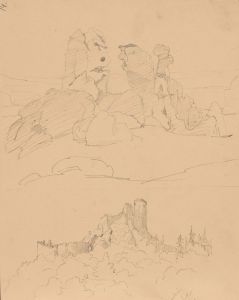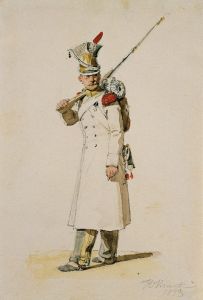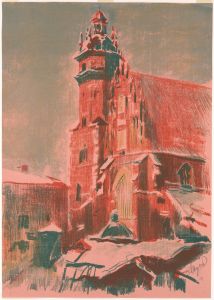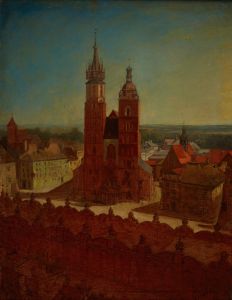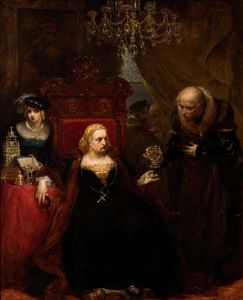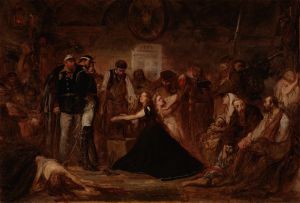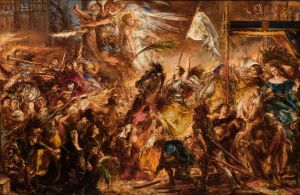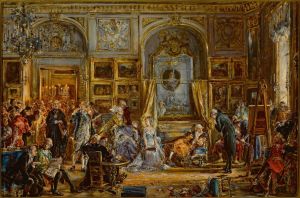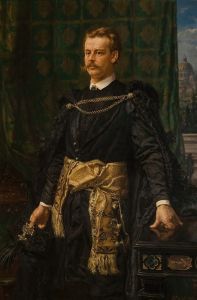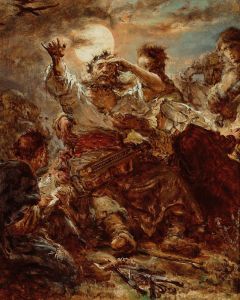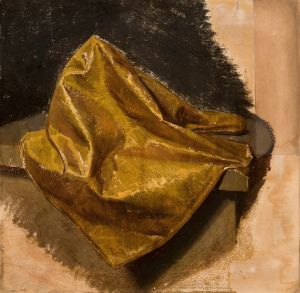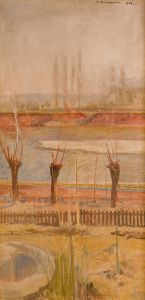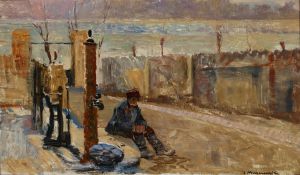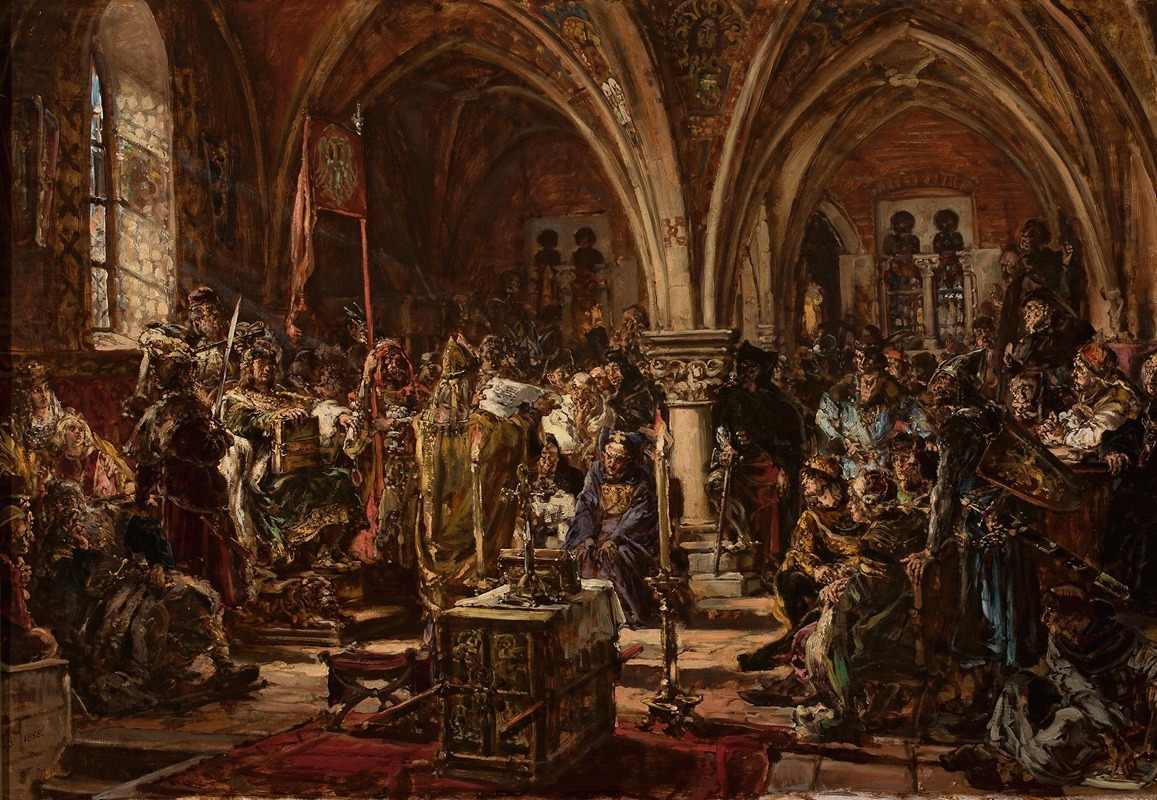
The First Parliament in Łęczyca, from the series “History of Civilization in Poland”
A hand-painted replica of Jan Matejko’s masterpiece The First Parliament in Łęczyca, from the series “History of Civilization in Poland”, meticulously crafted by professional artists to capture the true essence of the original. Each piece is created with museum-quality canvas and rare mineral pigments, carefully painted by experienced artists with delicate brushstrokes and rich, layered colors to perfectly recreate the texture of the original artwork. Unlike machine-printed reproductions, this hand-painted version brings the painting to life, infused with the artist’s emotions and skill in every stroke. Whether for personal collection or home decoration, it instantly elevates the artistic atmosphere of any space.
Jan Matejko's painting "The First Parliament in Łęczyca" is part of his series "History of Civilization in Poland," which aims to depict significant events and figures in Polish history. Matejko, a renowned 19th-century Polish painter, is celebrated for his historical paintings that capture pivotal moments in Poland's past with great detail and artistic skill.
"The First Parliament in Łęczyca" illustrates the assembly that took place in the town of Łęczyca, which is historically significant as one of the early examples of parliamentary gatherings in Poland. This event is associated with the reign of King Casimir III the Great, who ruled Poland from 1333 to 1370. King Casimir is known for his efforts to strengthen the Polish state, reform its legal system, and promote economic development. The parliament in Łęczyca is often linked to these reforms, as it was a platform for discussing and implementing changes that would impact the governance of the kingdom.
Matejko's painting captures the essence of this historical assembly, portraying a gathering of nobles, clergy, and other influential figures of the time. The artist's attention to detail is evident in the depiction of period costumes, architecture, and the expressions of the participants, which convey the gravity and significance of the event. The painting reflects Matejko's dedication to historical accuracy, as he meticulously researched the events and figures he portrayed, often consulting historical texts and artifacts to ensure authenticity.
The assembly in Łęczyca is notable for its role in the development of the Polish parliamentary system. It represents an early form of a legislative body where various estates of the realm, including the nobility and clergy, could participate in the governance of the country. This assembly laid the groundwork for the later development of the Polish Sejm, the country's legislative body, which played a crucial role in the political life of the Polish-Lithuanian Commonwealth.
Matejko's work is not only an artistic achievement but also an educational tool that provides insight into Poland's rich history. Through his paintings, Matejko sought to inspire a sense of national pride and identity among Poles during a time when the country was partitioned and lacked political independence. His portrayal of historical events like the parliament in Łęczyca serves as a reminder of Poland's past achievements and the enduring legacy of its cultural and political traditions.
In summary, "The First Parliament in Łęczyca" by Jan Matejko is a significant work that captures a key moment in the history of Polish governance. Through his detailed and historically informed depiction, Matejko not only commemorates an important event but also contributes to the broader understanding of Poland's historical development.





